Author: Saint Louis Zoo Tours Coordinator and former Carnivore Keeper Carolyn Kelly
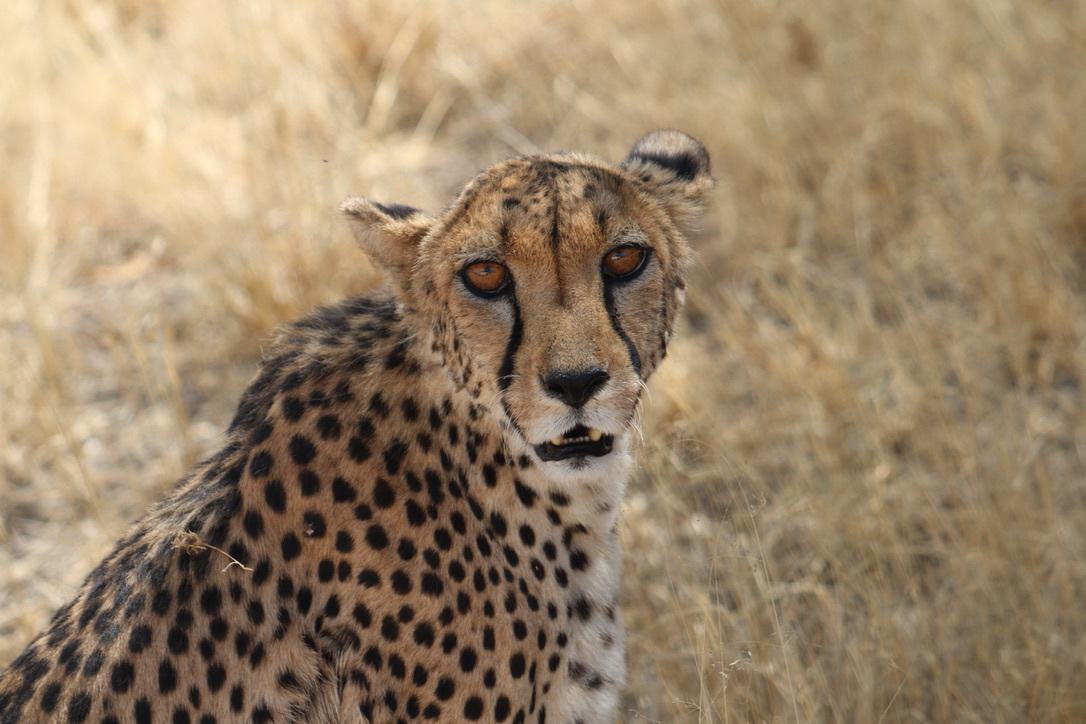
Over the last few weeks, I’ve been helping the cheetah team at Cheetah Conservation Fund (CCF). CCF is a partner of the Saint Louis Zoo WildCare Institute Center for the Conservation of Carnivores in Africa. My work in helping CCF was in support of our center’s mission to help the conservation of large carnivores in Africa.
We spend our days caring for cheetahs–prepping meat, offering food, giving medicines or supplements to older cats, washing dishes, filling water bowls, working on important medical husbandry behaviors, and, yes, picking up poop! As a Carnivore Keeper at the Saint Louis Zoo, this is exactly how I spend my days at home. Keeper work is keeper work, no matter which hemisphere I wear my khaki shorts. I feel right at home with a scrub brush and a poop scooper in hand!
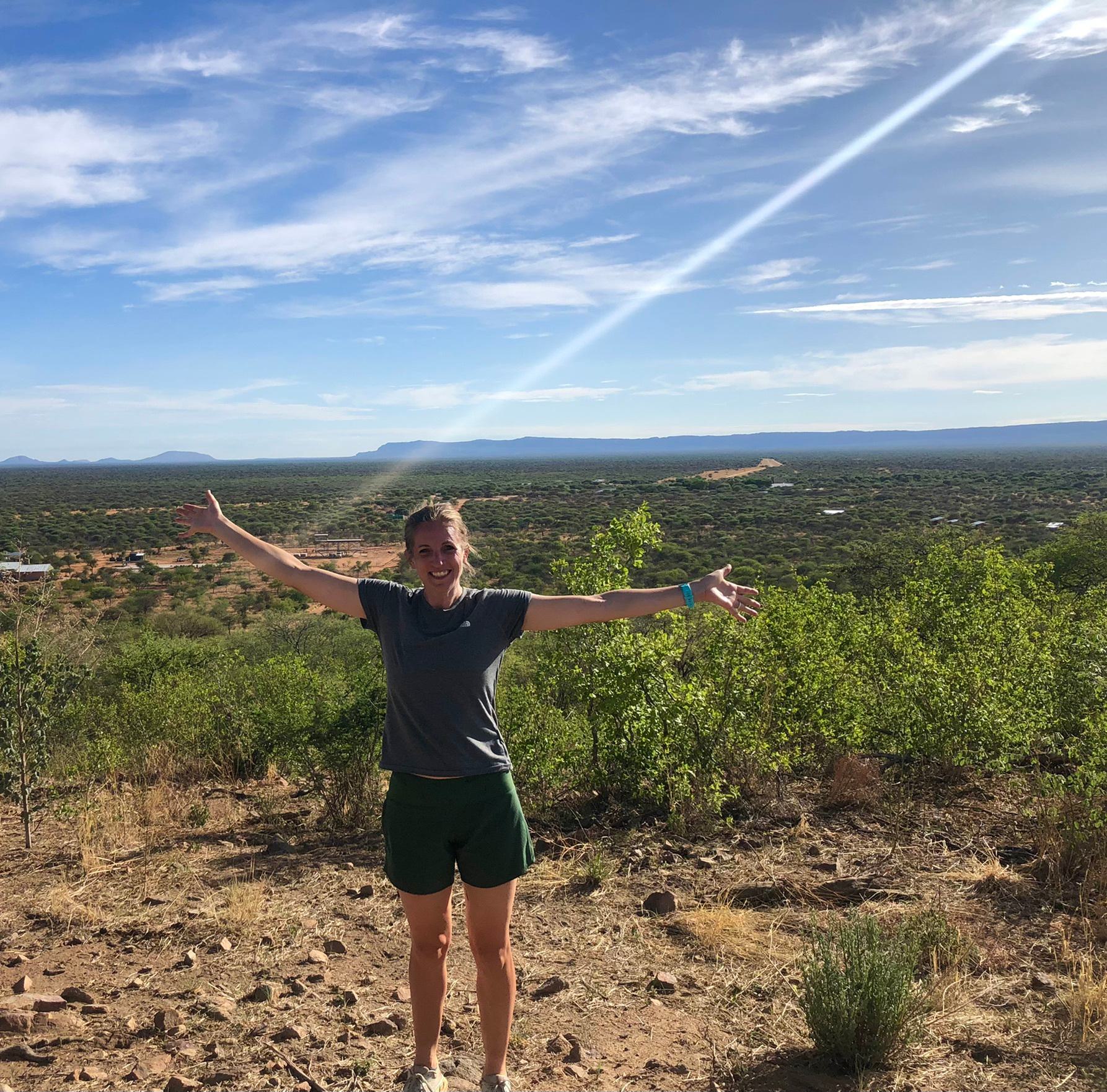
But there’s a not-so-subtle difference to the keeper work here at CCF compared to what I’m used to at home. That difference has everything to do with the thorny acacias, dry scrub grass, and hot Namibian sun. The cheetahs at CCF live in their natural habitat! The keepers here care for animals that were born in the wild and can no longer survive there, as well as animals that were born in the wild and are candidates for reintroduction into a wild space. In this way, the lines between human care and wildness blur. This is true in situ conservation, which is the conservation of a species in its natural habitat. It shapes how the keepers here care for the cats in many ways. There’s a focus on exercise, keeping the cheetahs slim and up to speed. Cheetahs have fast days, as they would in the wild, where they do not eat meat. And, of course, the cheetah yards at CCF are what zookeeper dreams are made of–massive tracts of African bushland dotted with cheetahs beneath the shady trees. It is absolute perfection.
I’ve worked hard during my stay at CCF. That’s what zookeepers do. It’s a tough job, no matter where in the world you do it. In general, zookeepers are a productive bunch, but the keepers at CCF are on a whole other level. They work really, really hard. Because CCF is in a rural location, the keepers live on campus. This makes a proper work/life separation difficult. I learned that in Namibia, it is common to have 1.5 days off from a job instead of 2, like most of us have in the US. It’s hard to recover from a week of physical work in that amount of time.
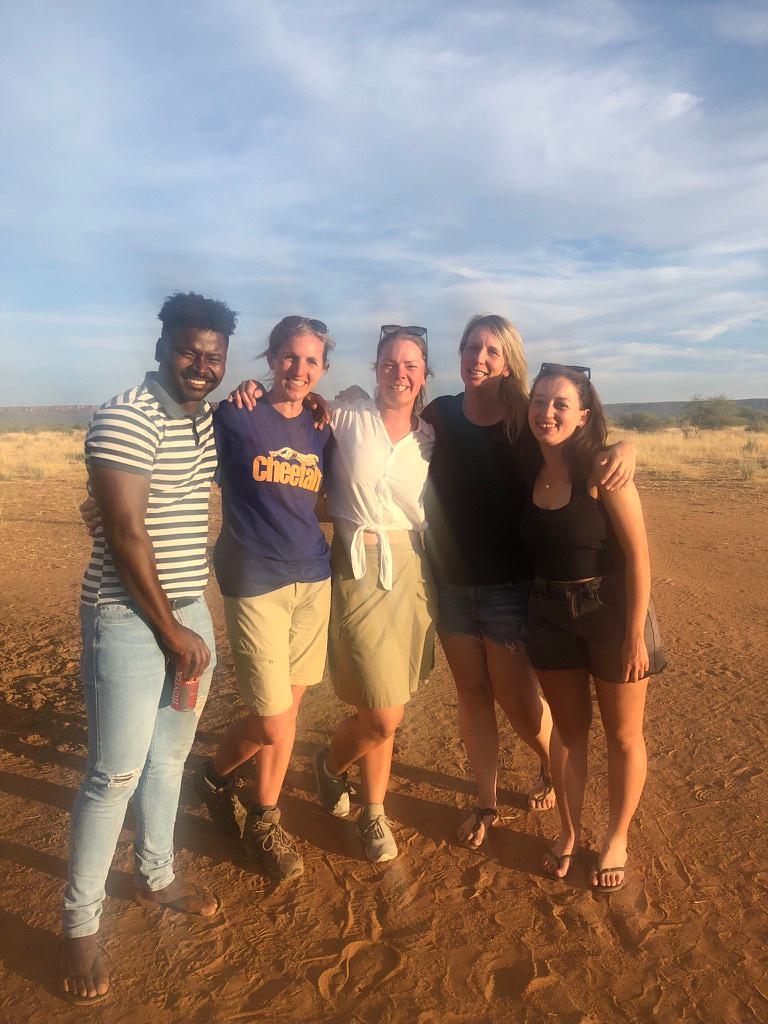
These keepers truly live and breathe cheetahs. I’ve heard stories during my stay of keepers caring for 45 cats, with at least 12 being elderly and requiring fluids. They’ve pulled all-nighters, slept with young cubs who need round-the-clock care, and spent evenings working on computer-based projects. They’ve weathered shortages caused by COVID, stressful transports, and staff turnover. They’re on their feet all day, in the heat, and still have the energy and enthusiasm to make every guest to CCF feel excited and welcome. These are keepers.
I am fortunate that my trip coincided with two special occasions—International Cheetah Day and keeper Becky’s last day of work after seven years at CCF. Seven years is a long time to work so far away from one’s family in a job requiring complete dedication. Becky has worked extremely hard to care for and conserve cheetahs. Her efforts were showcased and celebrated on December 4, as CCF hosted International Cheetah Day for all. On that day, I saw how the CCF keepers are a family. They came together to celebrate cheetahs and to wish Becky well on her next journey. Though the challenges of living where one works are many, this is a beneficial byproduct. A work family that is there for one another no matter what a day, a year, or a life might bring.
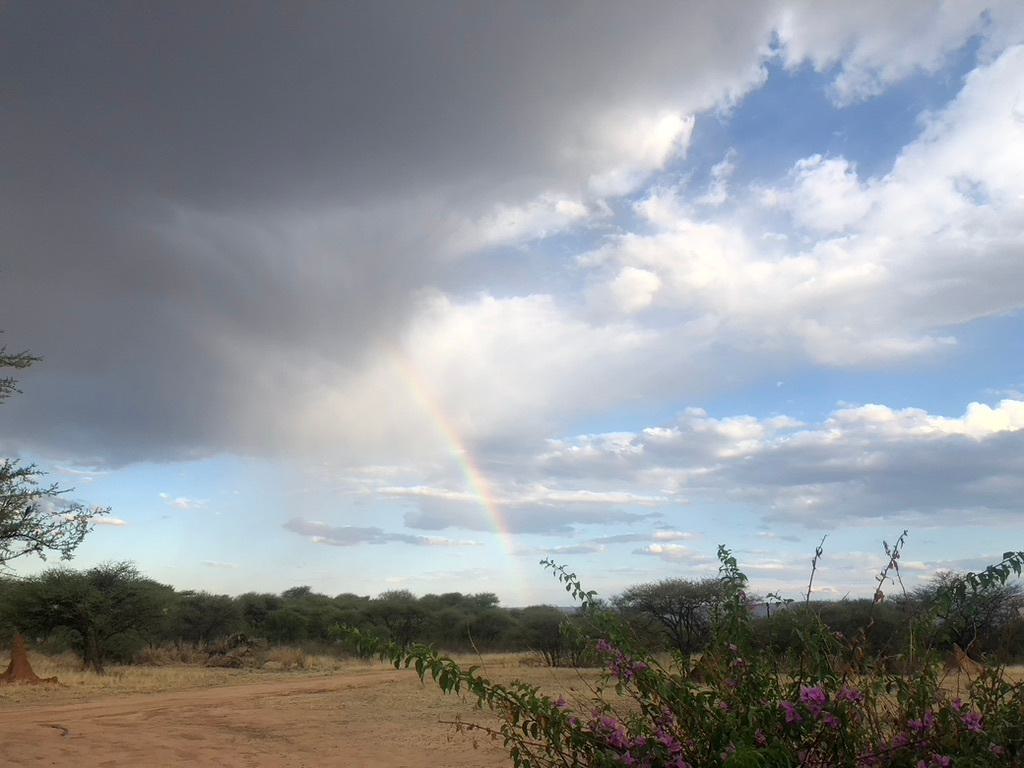
One of the challenges of my trip has been leaving my small children at home. I have a 3-year-old son and a 1-year-old daughter, and before I left, I made my son a little picture book explaining how I would be gone for a while in Africa. “Some things will be different, and some things will be the same,” I wrote to help him cope with our separation. After over a week at CCF, I think that phrase also applies to my experience. Some things are different between the Saint Louis Zoo and CCF, and some things are the same. We feed our cheetahs a ground horse diet, while CCF keepers spend their days slicing fat off whole horse bones. But a cheetah likes to “do his business” on top of a termite mound, whether crafted by the real deal in Namibia or rebar and plaster in Missouri. Some things are different, and some things are the same.
One night, during my trip, my husband sent me a video on What’s App of some lions at an Australian zoo. The next day, Lea, CCF’s head cheetah keeper, asked if I’d heard a story about these lions. I had to laugh. Of course, we both saw that video the day it came out. We are two keepers from two different countries, working together in another country very different from each of our homelands. Yet, we were both watching and discussing the same lions at the same zoo on the same day. Like the CCF cheetah keepers, the zookeeping world is its own global family, too. Just as the CCF team works tirelessly to save cheetahs, zookeepers worldwide are united in their passion for conserving animals and their habitats. Many of my conversations this week affirmed this truth.
My favorite moments at CCF have involved watching the cheetahs running. Whether that’s during the morning lure course or the “behind the scenes” truck tours, I found it exhilarating and inspiring to watch these cats do what they were born to do—show off their remarkable speed. I’ve never seen speed like this up close. And the cats make it look easy. They run with such elegance and athleticism. It’s truly awesome to observe.
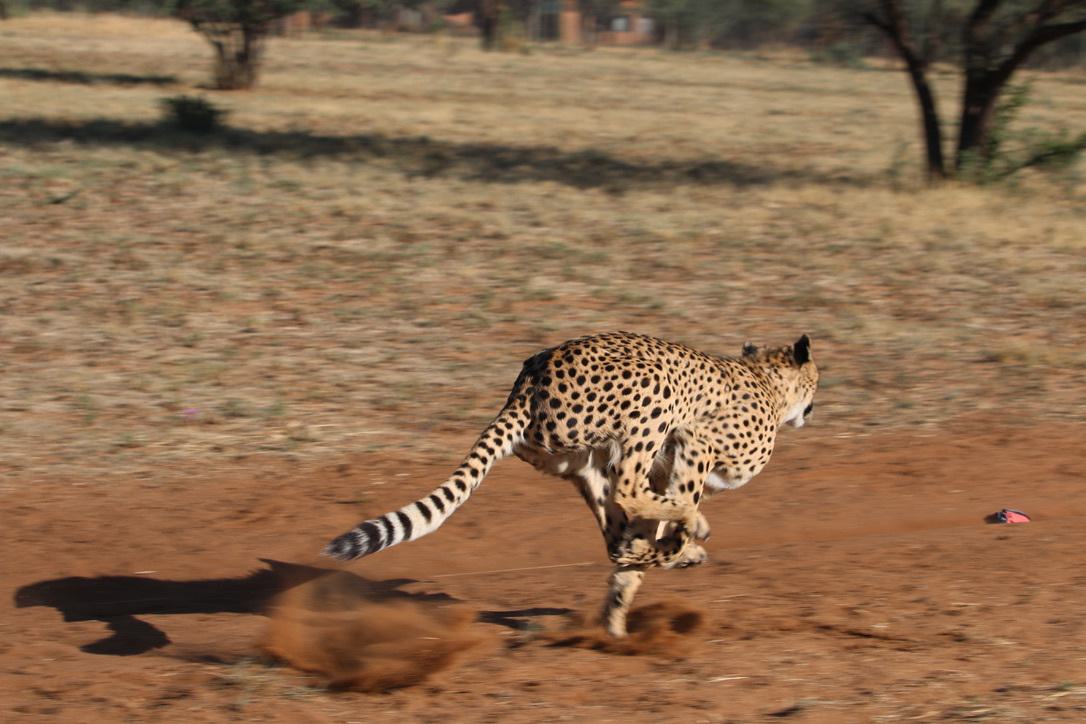
That’s the main takeaway from my visit to CCF. We can’t lose this species on our watch. There is nothing else on earth exactly like a cheetah. They are wonderful animals. I want to return to St. Louis with the energy for conservation of the CCF keepers and CCF’s founder, Dr. Laurie Marker. The work continues to save the cheetah.
Luckily, zookeepers are not afraid of a little hard work.
This piece was written in part for a collaboration with Cheetah Conservation Fund.

